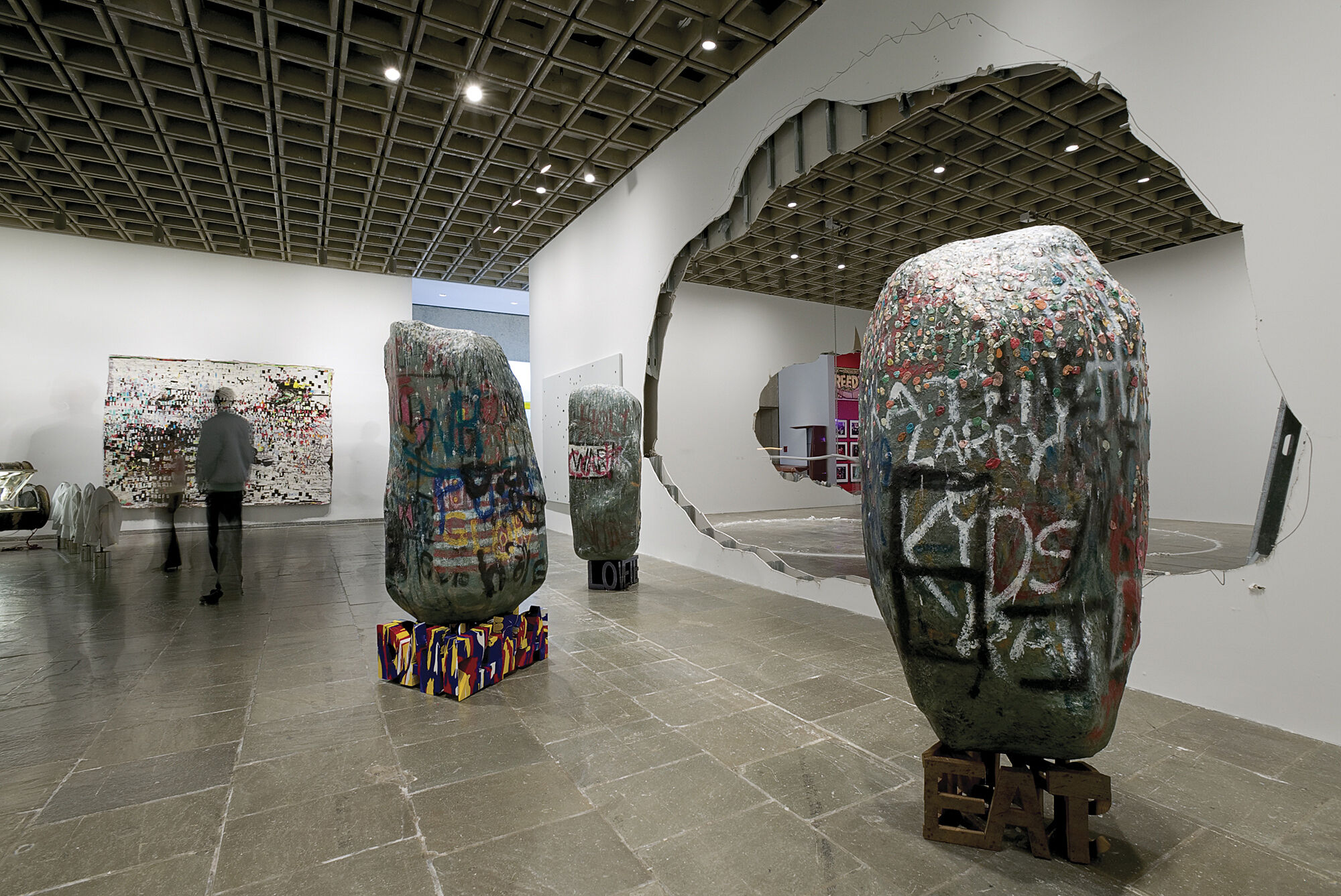Tony Conrad
1940–2016
Introduction
Anthony Schmalz Conrad (March 7, 1940 – April 9, 2016) was an American video artist, experimental filmmaker, musician, composer, sound artist, teacher, and writer. Active in a variety of media since the early 1960s, he was a pioneer of both drone music and structural film. As a musician, he was an important figure in the New York minimalist scene of the 1960s, during which time he performed as part of the Theatre of Eternal Music (along with John Cale, La Monte Young, Marian Zazeela, Terry Riley, and others). He became recognized as a filmmaker for his 1966 film The Flicker. He performed and collaborated with a wide range of artists over the course of his career.
Wikidata identifier
Q481477
Information from Wikipedia, made available under the Creative Commons Attribution-ShareAlike License . Accessed December 19, 2025.
Introduction
Conrad first became known as a musician and filmmaker in the downtown Manhattan avant-garde of the 1960s. He created sound works based on drones, such as "Four Violins," 1964, and a film work in 1966, "The Flicker," created with alternating black and white frames. He performed with La Monte Young's Theater of Eternal Music, and assembled the soundtrack of Jack Smith's "Flaming Creatures," in which he also appeared as an actor. His work has been exhibited at the Whitney Museum of American Art,
Country of birth
United States
Roles
Artist, cinematographer, computer programmer, educator, musician, painter, performance artist, professor, video artist, writer
ULAN identifier
500334788
Names
Tony Conrad, Anthony Schmaltz Conrad
Information from the Getty Research Institute's Union List of Artist Names ® (ULAN), made available under the ODC Attribution License. Accessed December 19, 2025.


